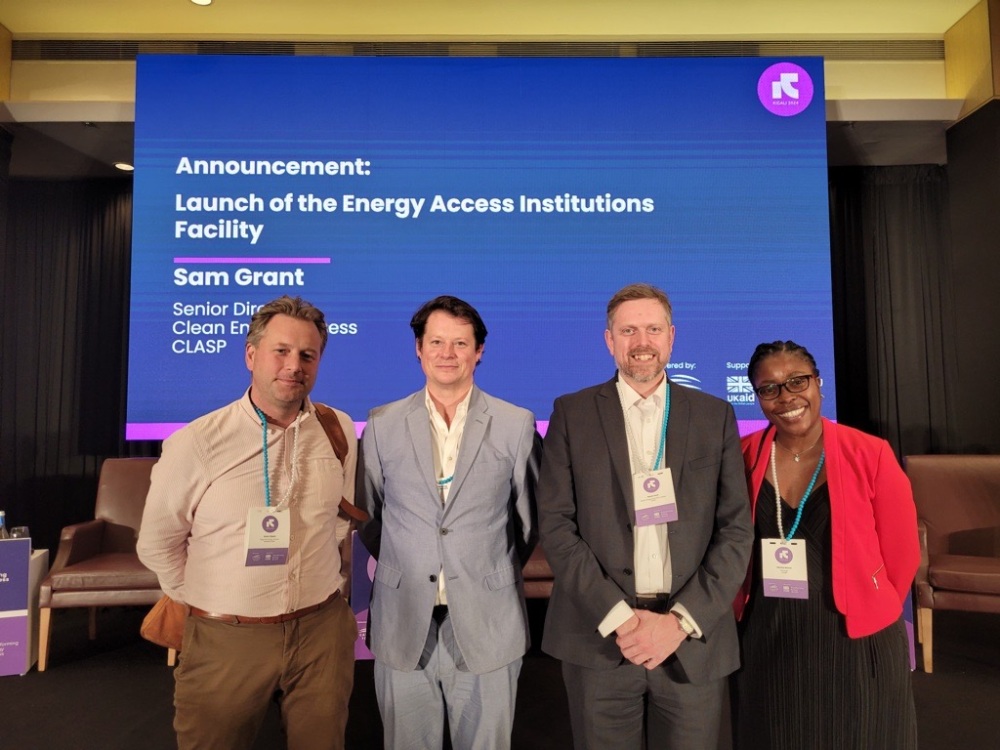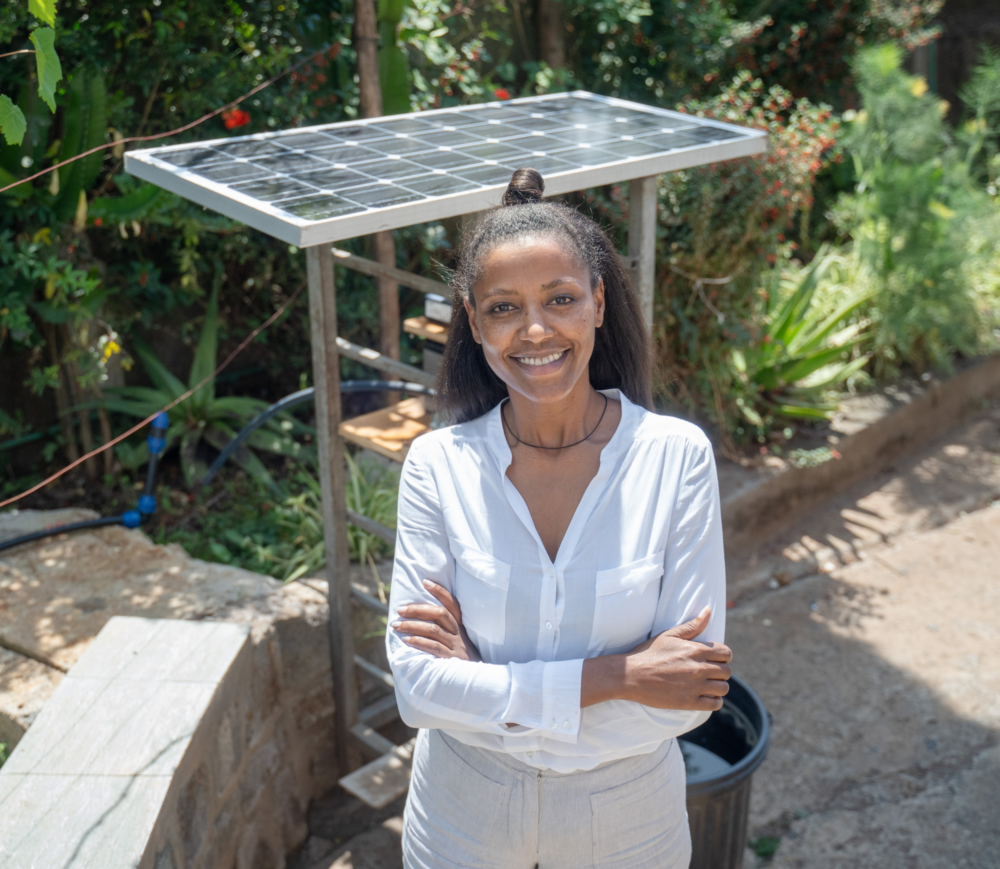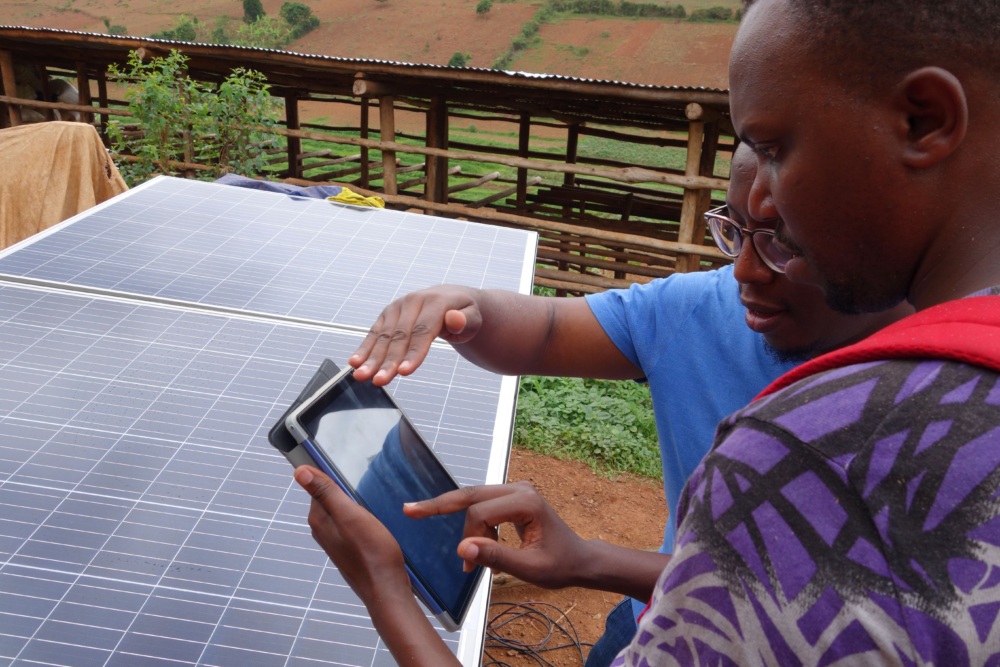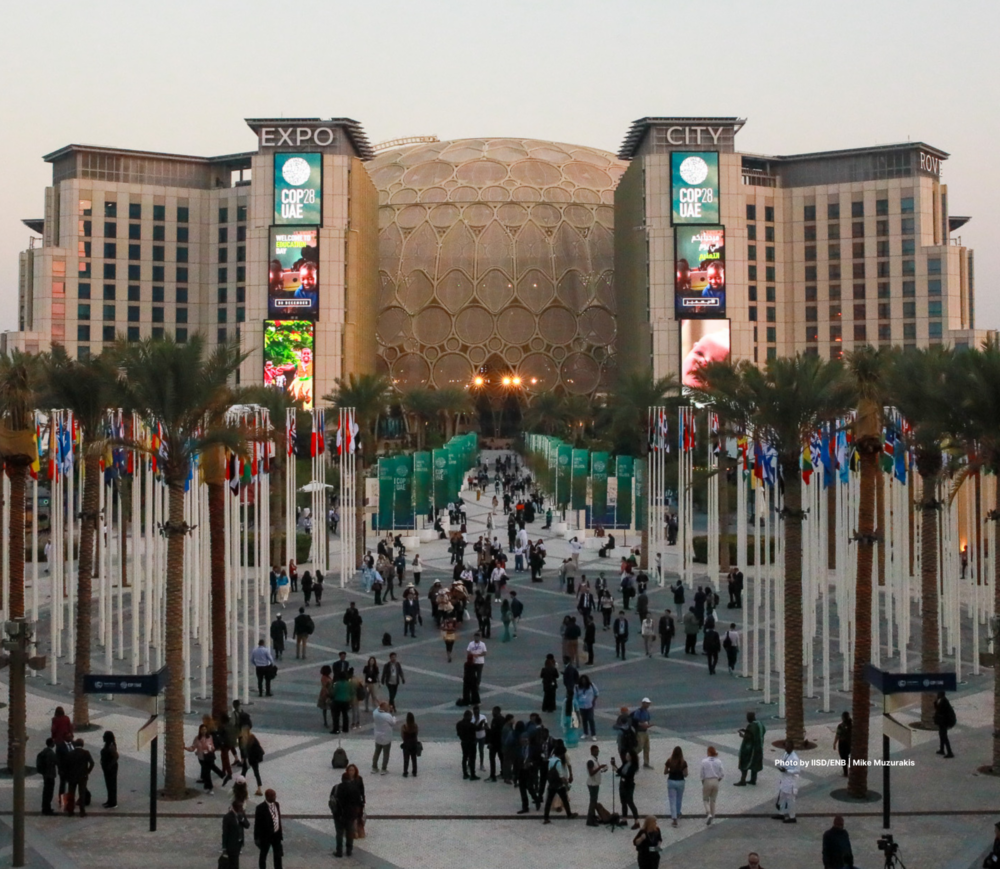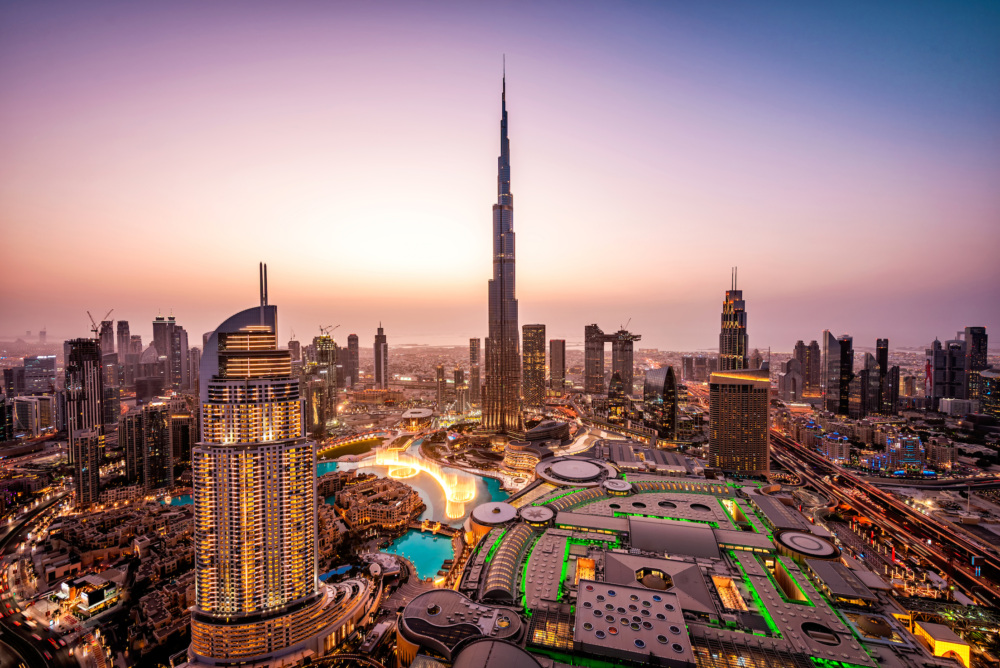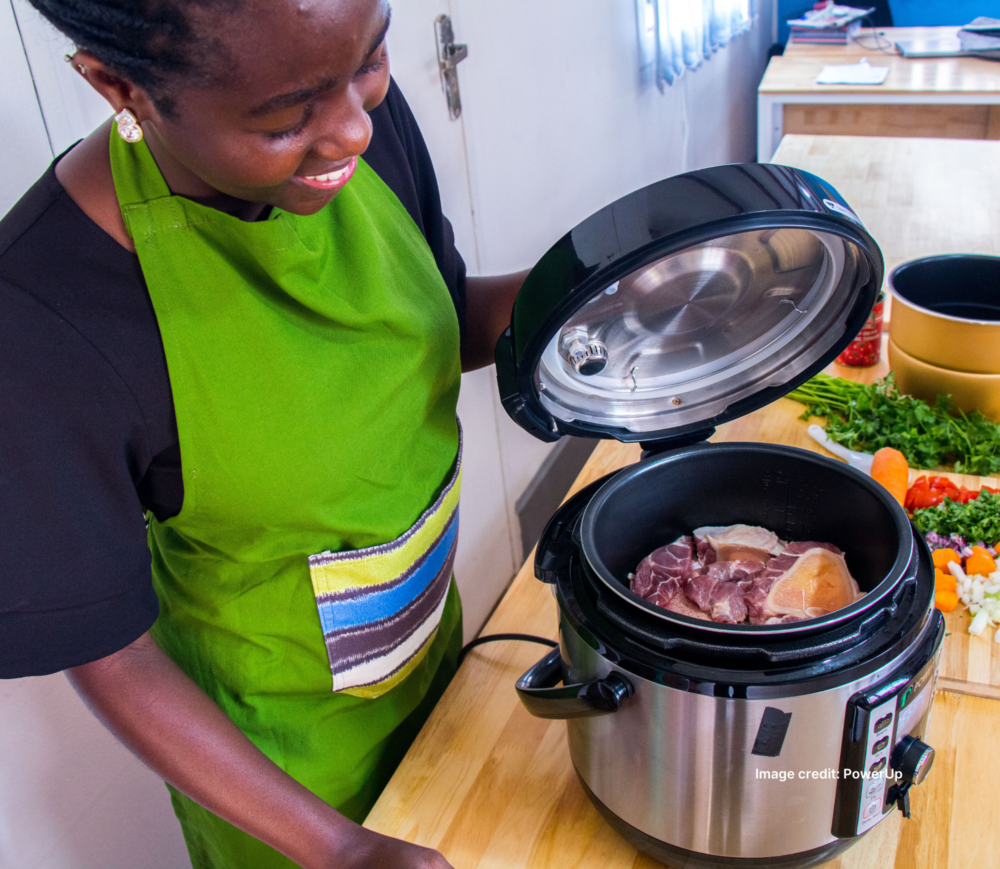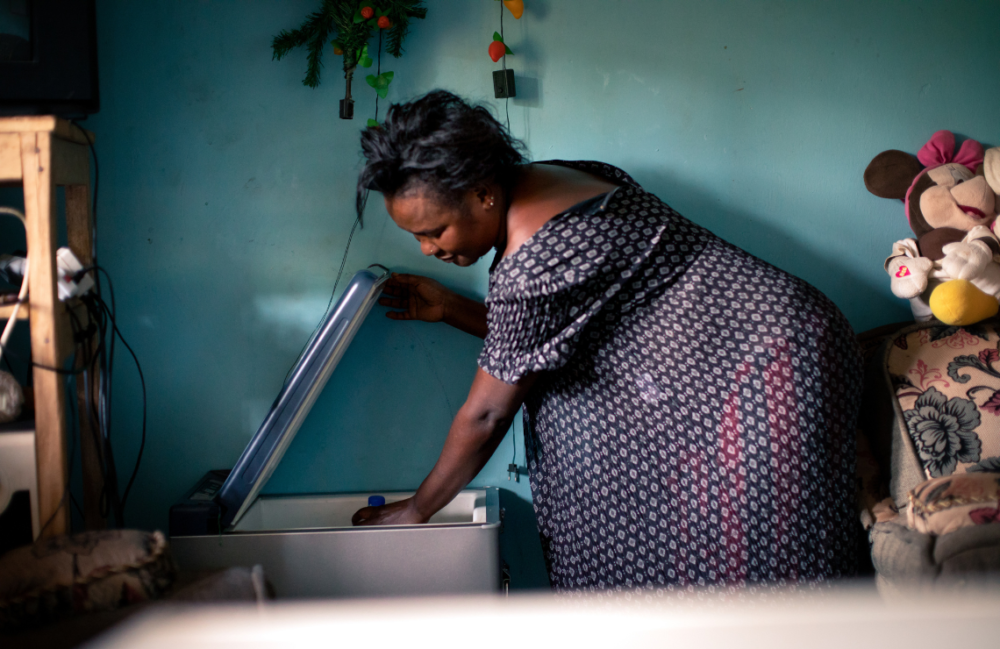Illuminating India, Efficiently
With CLASP support, India’s Bureau of Energy Efficiency developed the world’s first standards for LEDs in 2012 and LED street lights in 2016, and developed S&L for LEDs in 2016.
Since 2012, India has launched several major efficient lighting initiatives. With CLASP support, India’s Bureau of Energy Efficiency developed the world’s first standards for LEDs in 2012 and LED street lights in 2016, and developed S&L for LEDs in 2016.
These standards laid the groundwork for India’s Unnat Jyoti by Affordable LEDs for All (UJALA) program, which is working to deploy nearly 800 million LED lights to residents throughout the country. Today, competitive bidding by manufacturers who participate in the UJALA program has led to sales of over 260 million certified LED lights and has brought the price per light down from around USD $5 to less than $1 per light in 2016. An article in the Indian Economic Times outlined the success of market transformation programs for LED lights in India over the past year.
India’s UJALA program was the world’s first program to forge a public-private partnership with the sole purpose of deploying efficient lighting, by designing and implementing the world’s first standards for LED lighting. India’s efficient lighting story is a model to inspire and encourage other countries to deploy high quality, high efficiency lighting products.
CLASP played a critical role in helping the Bureau of Indian Standards develop a first in the world standard for LED street lighting luminaires, passed in 2016. The Indian government urgently needed the policy in place to proceed on a major procurement program, which replaced approximately two million conventional street lights with LED street lights in major Indian cities. Depending on the size and characteristics of the luminaires, these products will be 20-70% more efficient.
According to India’s United for Efficiency Country Assessment, if India adopted the best available lighting technology, it would save 2 megatons of CO₂ in 2030 alone – equivalent to removing over 1 million passenger cars from the road.

